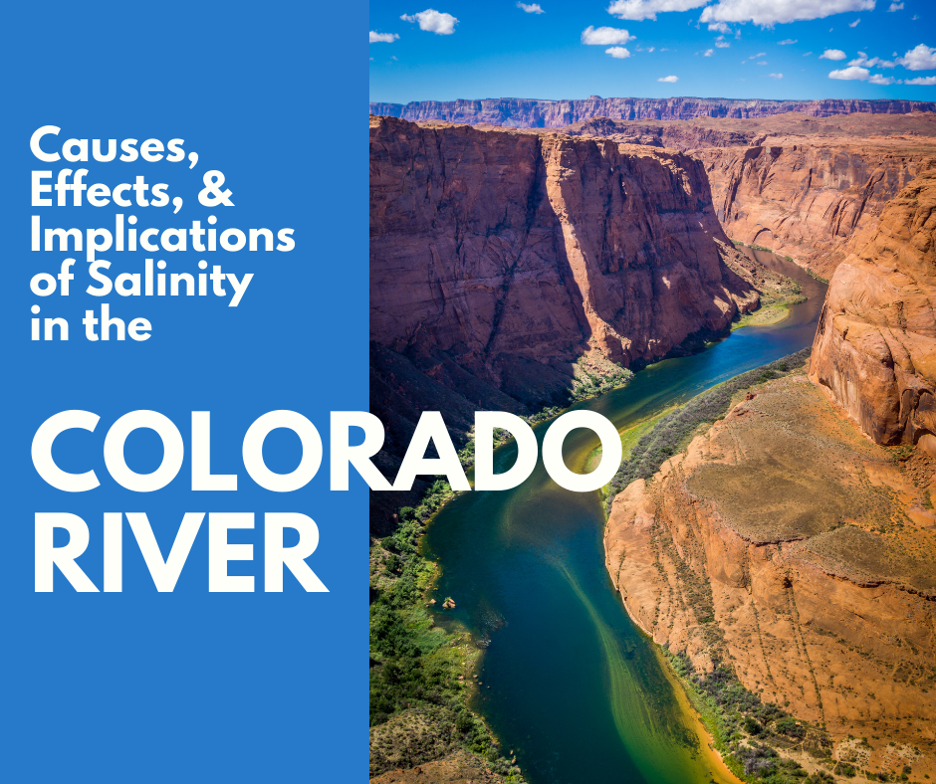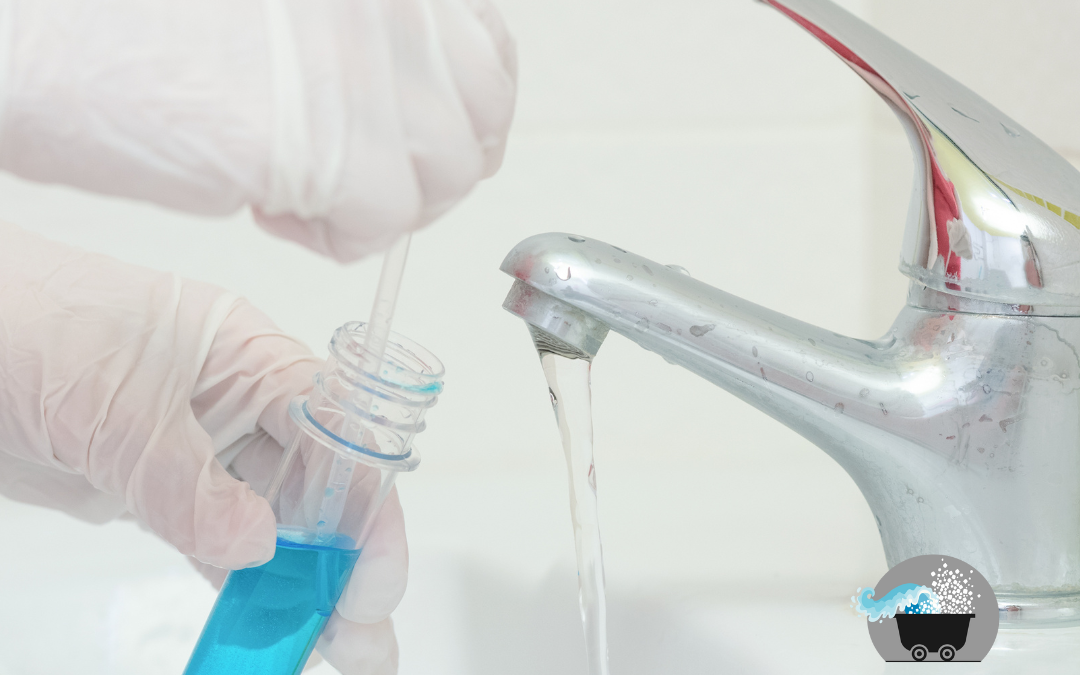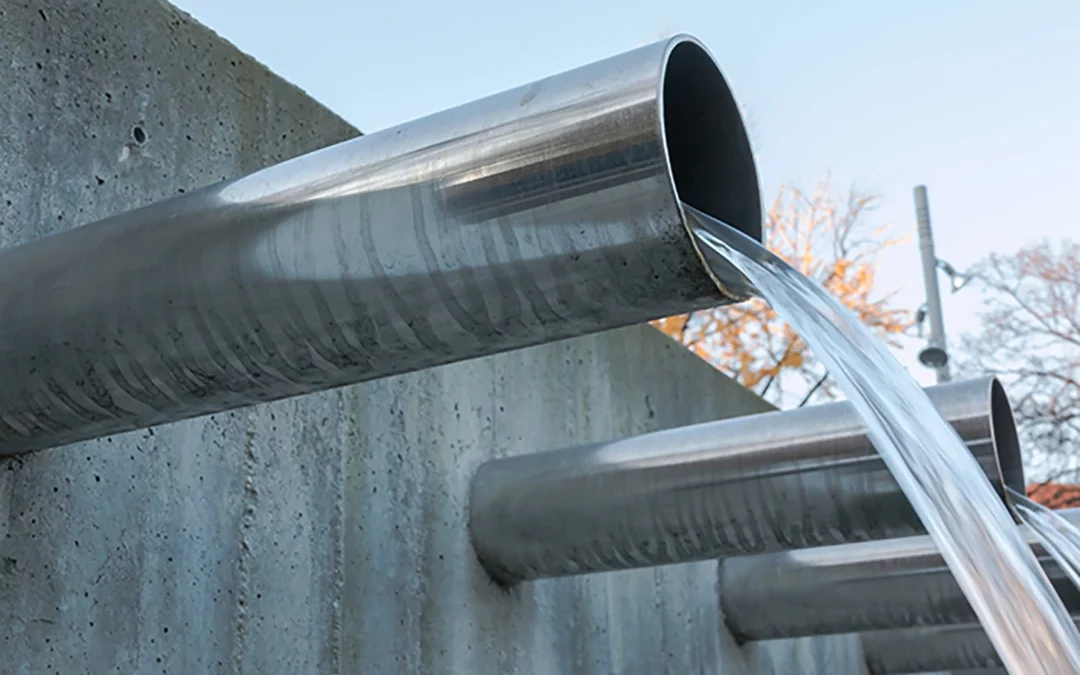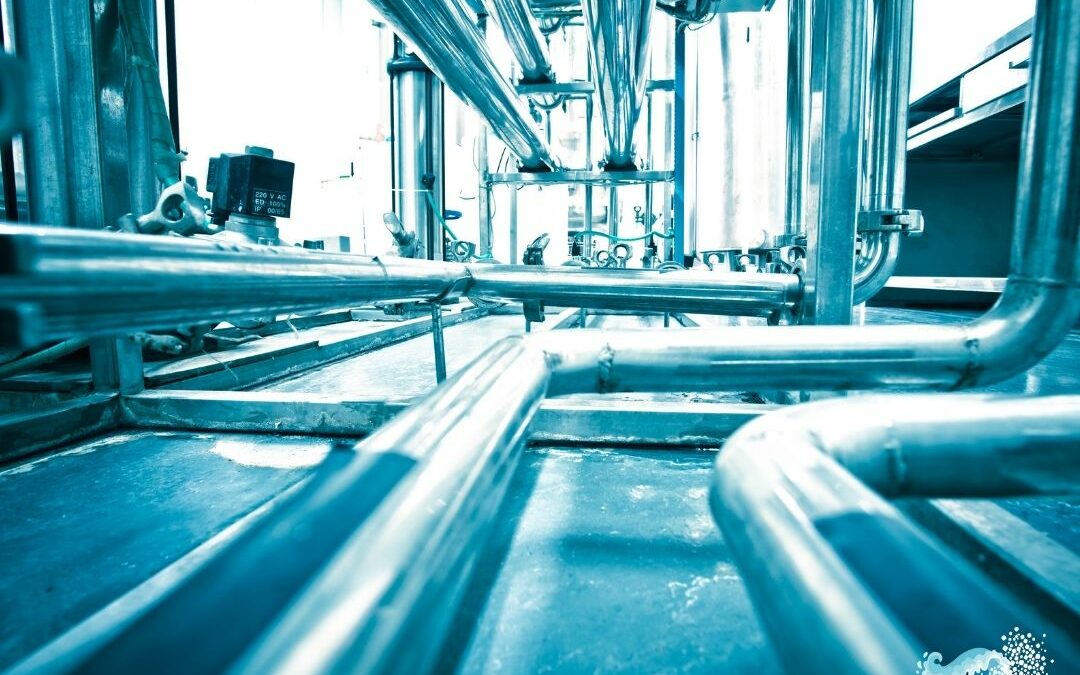There’s an old quote from Pythagoras that goes like this … “Salt is born of the purest parents: the sun and the sea.” While salt may indeed be a pure substance found in nature, we’re starting to understand that too much of a good thing, such as salt, can actually be detrimental to the environment.
What is salt pollution?
Most people are familiar with salt in terms of spreading it on their driveways to melt ice and using it to flavor food. Or, perhaps they dump it in their water softener to take care of hard water problems. What many people don’t realize, however, is that too much salt in the environment can actually cause salt pollution.
Salt pollution is when salinity of the soil or water reaches a level that is detrimental to humans, animals, and/or plants. According to some sources, it only takes 1 teaspoon of salt to pollute 5 gallons of water. Where does salt pollution show up? In many places, but today, let’s look at how salinity in the Colorado River is affecting millions of people.
Why is the Colorado River so important?
Drainage from the Colorado River affects most of the Southwestern United States including Arizona, California, New Mexico, Nevada, and Utah. The river itself has many uses:
- Recreation
- Provides water to residents of the Southwest states
- Used to irrigate agricultural land
- Provides hydroelectric power
Affecting over 200,000 square miles of land and millions of people, salinity in the Colorado River is a big deal.
Where does the salinity in the Colorado River come from?
Salt is one of those substances that can be deceiving to the eye … when it dissolves in water, you no longer see it but it’s never really gone. So, where does excess salt in the Colorado River come from? These are the biggest culprits:
- Natural sources – things like saline springs, rainfall and snowmelt runoff, geological formations, etc.
- Agricultural irrigation – Salts left in the soil from fertilizers make their way into groundwater and eventually flow into the river.
- Reservoir storage – Highly concentrated saline water is stored in reservoirs and then released when dams are opened.
- Industrial sources – This includes large industries such as nut processing facilities that use brine water and then discharge it into the environment. In addition, commercial water softener use is another source of salinity in the Colorado River.
How do we reduce salinity in the Colorado River?
Once salt pollution happens, it’s very difficult and expensive to fix. The best solution is to prevent salt pollution at its source. Here are some of the solutions currently being explored by the government and other agencies:
- Desalination plants
- Road improvements
- Silt traps
- Environmental restoration or re-claiming of high salinity areas
Whether it’s used to address a problem as big as salinity in the Colorado River, or as small as salt discharge from a residential water softener, the Salt Miner is another viable solution. The Salt Miner simply sits between the brine source and the drain, effectively ‘mining’ the salt from the water before it gets discharged. The salt can then be collected and recycled or disposed of properly.
For more information on how the Salt Miner works, watch this short video. Then, contact us today if you’d like to be part of our environmentally friendly salt pollution solution!





